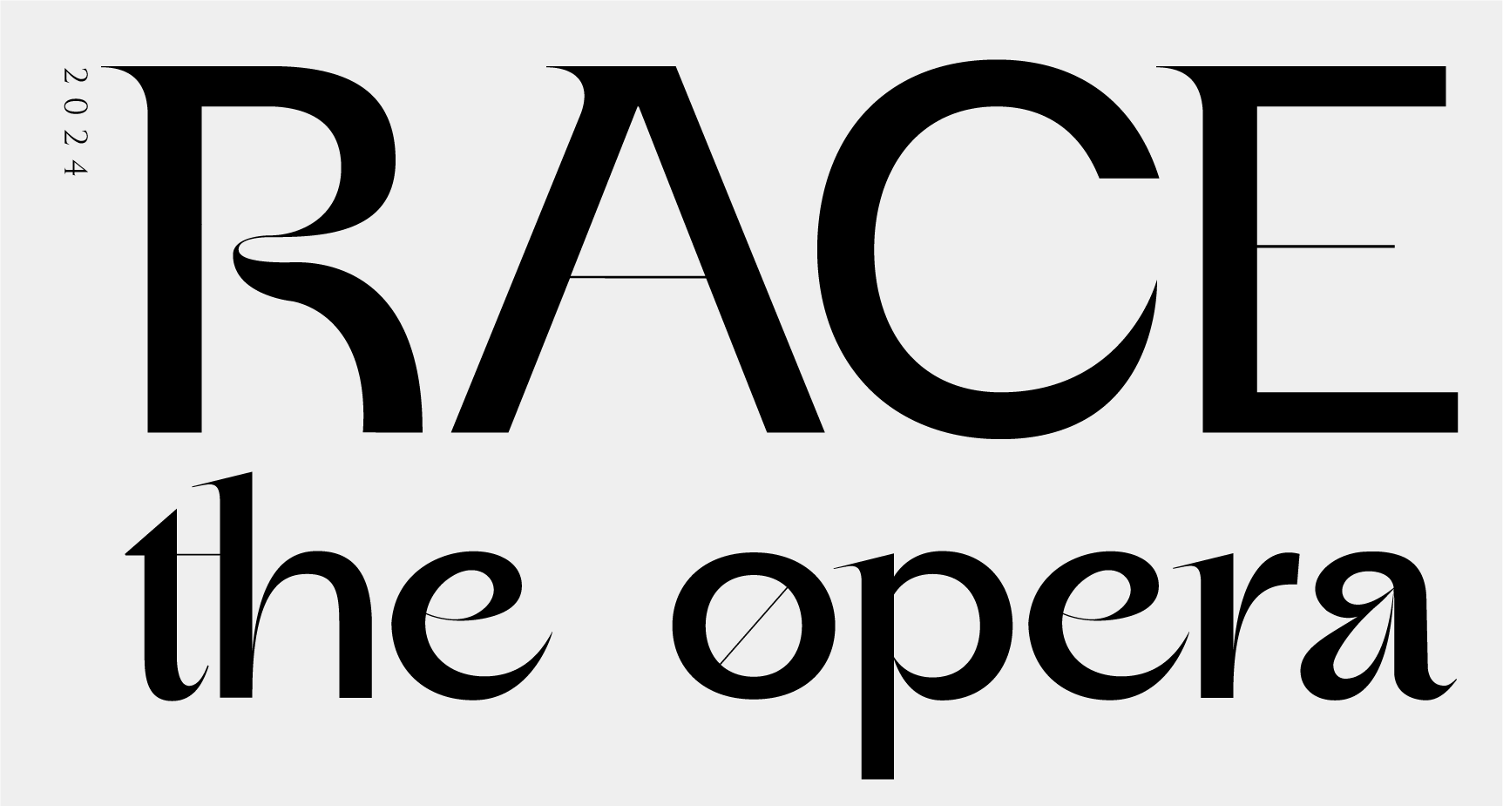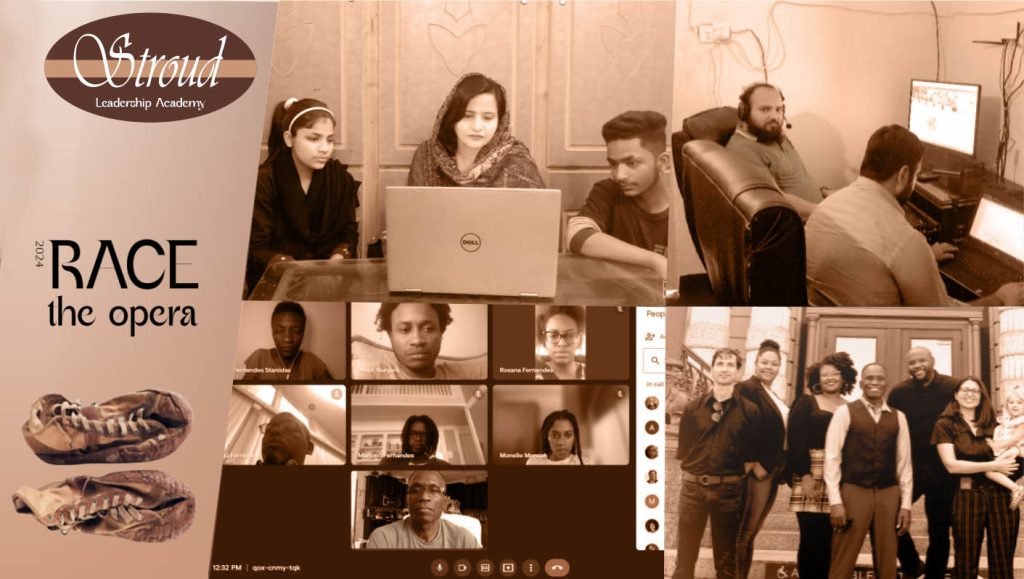Diverse, High-Performance Teams are Not Charity
Gender inequality has led to a $160 trillion loss in global wealth, and racial inequality has cost America $16 trillion in GDP over the past 20 years. However, many diversity initiatives in the workplace often fall short of their intended goals.
I come from a long line of trailblazers: the Stroud family of Colorado. Their resilience and determination in the face of adversity are awe-inspiring. My ancestors fled persecution in Europe, braved the Trail of Tears and the scourge of European diseases, and escaped a Texas plantation to become a diverse group of scholar-athletes, political strategists, business innovators, public service activists, publishers, and scientists involved in groundbreaking endeavors such as the Apollo moon missions, 1928 Olympic trials, Atlantic Monthly articles, the Colorado College Stroud Scholars, and the Sachs Foundation.
As a person with African, Indigenous, and European heritage, I grew up learning how to bridge cultural divides. My 23andMe DNA profile shows that I am 70 percent African (Ghana, Nigeria), 20 percent European (mostly British and Irish), and Indigenous (Creek/Muscogee and Wichita Nations).
I have had the privilege of experiencing a diverse range of opportunities, from training with Olympic athletes and learning to fly Air Force jets, to consulting for tech startups, small businesses, and Fortune 500 companies as an IBM and EY consultant. I have earned a reputation for leading organizational change and implementing a “coach-and-do” approach to rapid problem-solving, drawing upon my background in athletics, aviation, and more than 25 years of global business experience. This approach has helped many organizations achieve transformational success.
In their 2022 book, Getting to Diversity: What Works and What Doesn’t, authors Frank Dobbin and Alexandra Kalev draw on over two decades of research to analyze the effectiveness of various diversity programs and to identify the factors that determine which initiatives have proven to be successful.
The authors found that, at current rates of progress, it will take more than 100 years for White women and people of color to reach parity with White men in corporate management positions. However, immigrants in America are members of minority groups and have shown remarkable success in the business world. According to a study, 51%, or 44 out of 87, of the country’s $1 billion startup companies had at least one immigrant founder. Billion-dollar startups with an immigrant founder excel at job creation, with an average of approximately 760 jobs per company in the US. Furthermore, 71% of these companies had at least one immigrant helping the company grow and innovate by filling a key management or product development position. DEI initiatives have the potential to bring a range of benefits to individuals, organizations, and communities, including increased creativity and innovation, improved problem-solving, enhanced organizational culture, and better representation of diverse perspectives and experiences.
Despite the clear benefits of DEI initiatives, it is important to approach these efforts with care and to ensure that they are truly effective. This requires a deep understanding of the underlying issues that contribute to discrimination and a willingness to take proactive steps to address these challenges. The key to creating a diverse and inclusive workplace is to address the underlying systemic barriers that prevent diversity from being achieved. This includes not only addressing issues such as discriminatory hiring practices but also examining the ways in which workplace culture and organizational structure may be contributing to the lack of diversity.
The authors suggest that effective diversity initiatives must go beyond simply increasing representation, and instead focus on creating a more inclusive workplace culture that values and respects all employees. The authors also examine the role that top management plays in diversity initiatives and argue that effective DEI efforts require strong leadership and a clear commitment to change from the top. Additionally, the book highlights the importance of involving employees in the design and implementation of diversity initiatives, as this can help to build buy-in and ensure that the initiatives are tailored to the specific needs of the organization.
Creating High-Performance Teams of Diverse Workers
To achieve success in DEI, it is important to have a strategy that goes beyond just hiring diverse employees. It is crucial to create a culture where all employees feel valued, respected, and included. This involves providing training for employees and management to increase their awareness of diversity issues and how to work effectively with people from different backgrounds. It also involves taking proactive steps to address systemic barriers that may be preventing diversity from being achieved.
It is essential to provide an environment that enables people to be themselves, feel comfortable, and perform at their best. To achieve this, it is necessary to create an environment where all employees feel heard and included, and their contributions are valued. High-performance teams of diverse workers require a supportive work culture that is focused on collaboration, communication, and the sharing of knowledge.
To achieve this, it is necessary to invest in training programs that teach employees and management how to work effectively with people from different backgrounds. This includes training in cultural competency, unconscious bias, and inclusive communication. When employees feel valued and respected, they are more likely to perform at their best, leading to increased productivity, innovation, and overall success.
Charitable giving can play an important role in promoting DEI, both within organizations and in society as a whole. Impact investing, which involves using investments to achieve both financial returns and social or environmental benefits, can be a particularly powerful tool for promoting DEI. Impact investing allows investors to support businesses and organizations that prioritize DEI, while also generating financial returns.
In the realm of charitable giving, there are a variety of ways to support DEI initiatives. One approach is to donate to organizations that are working to promote gender and racial equality, such as the NAACP Legal Defense Fund, Black Lives Matter, and the National Women’s Law Center. Another approach is to support organizations that are focused on providing education and training to underrepresented groups, such as Girls Who Code, Black Girls Code, and the Hispanic Scholarship Fund.
When considering charitable giving to support DEI, it is important to do your research and ensure that the organizations you are supporting are truly effective in achieving their goals. This may involve looking at the organization’s track record, evaluating the impact of their programs, and assessing the organization’s leadership and financial stability.
FINAL THOUGHTS
In conclusion, promoting DEI is not simply a matter of charity or social justice. It is a strategic imperative that has the potential to generate significant benefits for individuals, organizations, and society as a whole. By creating more diverse and inclusive workplaces, we can tap into a wider range of perspectives and experiences, which in turn can lead to increased creativity, innovation, and problem-solving.

